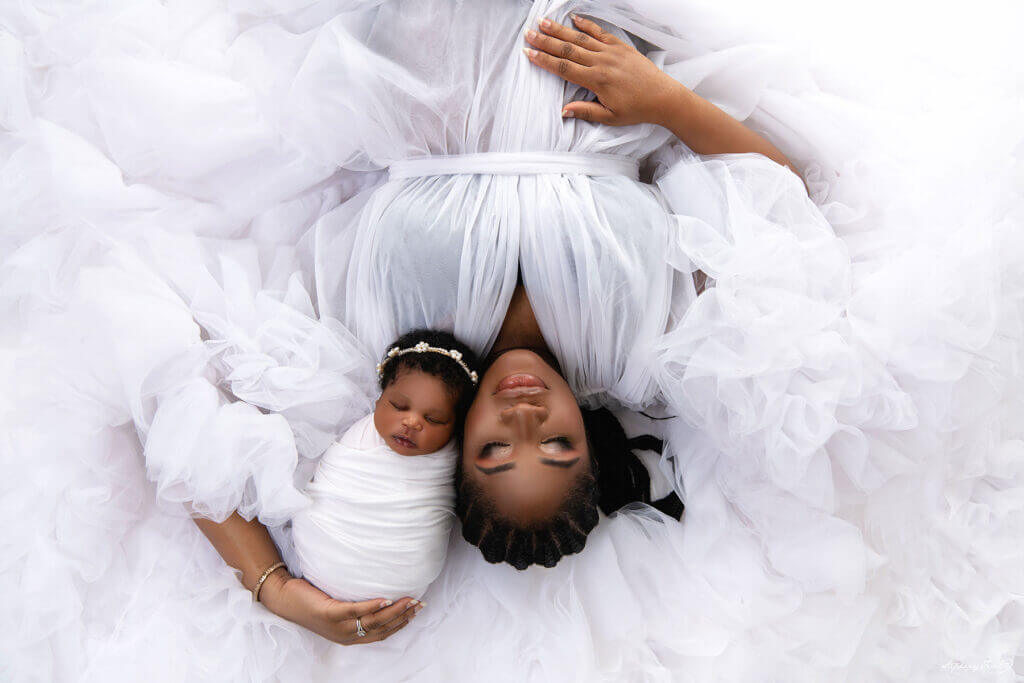CXBOS Insights
Your daily dose of news, insights, and information.
Flash, Pose, Repeat!
Unleash your inner model with Flash, Pose, Repeat! Discover tips, tricks, and trends to elevate your photography game today!
Mastering the Art of Flash Photography: Tips and Techniques
Mastering the art of flash photography involves understanding both the technical aspects of your equipment and the creative ways to use light. One of the fundamental tips is to experiment with the flash output. Adjusting the intensity can dramatically change the mood of your images. Additionally, consider bouncing the flash off walls or ceilings to diffuse the light, which can help reduce harsh shadows and create a softer effect. Using a diffuser is also a great way to achieve a more natural look in your portraits.
When it comes to advanced techniques, try using rear curtain sync. This setting allows the flash to fire at the end of the exposure, resulting in stunning motion effects, especially in low-light environments. Another essential technique is to play with the lighting ratios by combining your flash with ambient light, giving you more creative control. Remember, practice is key, so take the time to experiment with different settings to truly master flash photography and elevate your skills.

The Essential Guide to Posing for Stunning Portraits
Posing is a crucial element in capturing stunning portraits that resonate with viewers. To achieve the best results, start by understanding the essentials of posing. First, consider your subject’s body language; slight shifts in posture can dramatically change the mood of the photo. Encourage a flattering angle by having them turn slightly to the side rather than facing the camera straight on. Additionally, remind them to relax their shoulders and pose with natural expressions. A genuine smile or a thoughtful gaze can enhance the portrait's emotional impact, making it more engaging and relatable.
When directing a session, it can be helpful to utilize a structured approach. Create an ordered list of key poses to explore during the shoot:
- Engage the subject with direct eye contact.
- Incorporate hands in a way that complements the body posture.
- Experiment with different angles and perspectives.
- Encourage movement to capture candid moments.
What Makes a Perfect Photo? Understanding Lighting and Angles
A perfect photo is often defined by two crucial elements: lighting and angles. Proper lighting can dramatically enhance the mood and quality of the image, making it essential for photographers to understand how to manipulate light to their advantage. Natural light, for instance, is often preferred for its ability to create soft, flattering shadows. Different times of the day produce varying qualities of light—the golden hour shortly after sunrise or before sunset is particularly renowned for its warm hues and soft illumination. In contrast, harsh midday sun can lead to unwanted shadows and highlights that may detract from the overall composition.
Once lighting is mastered, the next step to achieving that picture-perfect shot is to experiment with angles. Changing your perspective can reveal a whole new story within a scene. Low angles can make subjects appear more powerful and dramatic, while high angles can offer a sense of vulnerability or context. It’s vital to consider the rule of thirds—a composition technique that involves dividing the frame into a 3x3 grid—to create a visually appealing image. By framing your subject using this guideline, each shot can achieve a level of balance and interest that captivates the viewer's attention.